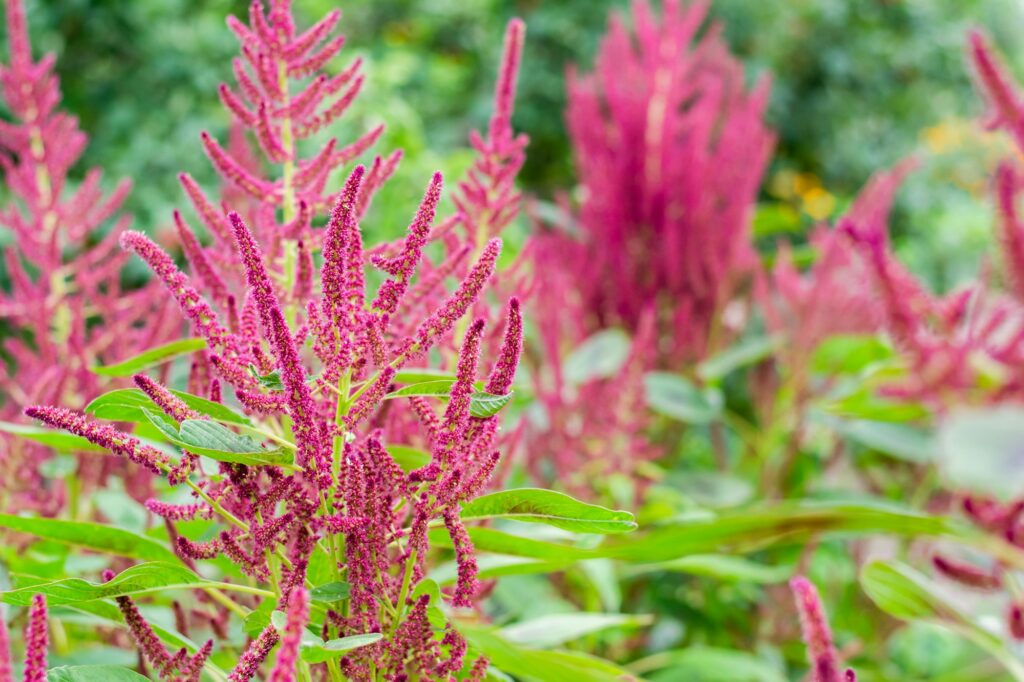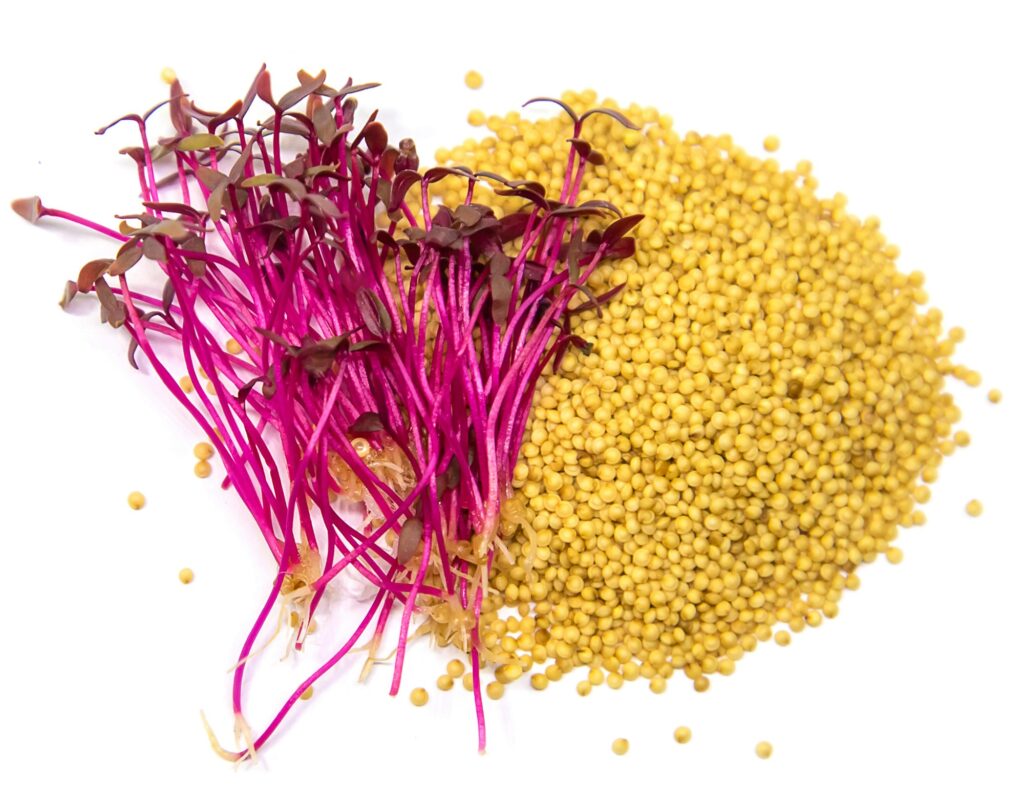The pictures in our articles might not always show exactly what the text is talking about. We use these images to make the article more interesting and eye-catching. They are there to add to the text, but not to replace it or show every detail.
Amaranth, an ancient grain with a rich history and impressive nutritional profile, has been making waves in the health food community. This versatile superfood has been cultivated for thousands of years and is now experiencing a well-deserved resurgence. In this blog post, we'll explore 20 fascinating facts about amaranth that will make you want to add this nutritional powerhouse to your diet.
1. Ancient Origins
Amaranth has been cultivated for over 8,000 years, with its origins traced back to Central America. The Aztecs and Incas revered this grain for its nutritional value and cultural significance.
2. A Pseudocereal, Not a True Grain
Despite being commonly referred to as a grain, amaranth is actually a pseudocereal. This means it's not a true cereal grain like wheat or oats but shares similar nutritional properties.

3. Nutritional Powerhouse
Amaranth is packed with essential nutrients. A 100-gram serving of uncooked amaranth grain provides:
- 371 calories
- 14% protein
- 7% fat
- 65% carbohydrates (including 7% dietary fiber)
It's also rich in manganese, magnesium, phosphorus, iron, and selenium.
4. Complete Protein Source
Unlike most plant-based foods, amaranth contains all nine essential amino acids, making it a complete protein source. This is particularly beneficial for vegetarians and vegans.
5. Gluten-Free Goodness
Amaranth is naturally gluten-free, making it an excellent alternative for those with celiac disease or gluten sensitivity.
6. Versatile Culinary Uses
From popping like popcorn to grinding into flour, amaranth can be used in various culinary applications. It can be cooked like rice, added to soups, or used in baking.
7. Leaf Vegetable
It's not just the seeds that are edible. Amaranth leaves are also consumed as a nutritious leafy green vegetable in many parts of the world.
8. Medicinal Properties
Some studies suggest that amaranth may have potential medicinal benefits, including reducing inflammation and improving digestion.
9. Cultural Significance
Amaranth played a crucial role in Aztec culture, where it was used in religious ceremonies and was believed to have supernatural powers.

10. Banned by Spanish Conquistadors
The Spanish conquistadors banned amaranth cultivation in an attempt to suppress indigenous culture, nearly leading to its extinction.
11. Global Cultivation
Today, amaranth is cultivated worldwide, with major producers including China, India, Peru, Mexico, and Russia.
12. Drought-Resistant Crop
Amaranth is known for its ability to thrive in various climates and soil conditions, making it a valuable crop in areas prone to drought.
13. Rapid Growth
Amaranth plants can grow rapidly, reaching heights of up to 8 feet in just a few months.
14. Colorful Varieties
Amaranth comes in a variety of colors, including gold, red, and purple, adding visual appeal to gardens and dishes alike.
15. High in Antioxidants
Amaranth is rich in antioxidants, which help protect the body from harmful free radicals and may contribute to overall health.
16. Heart-Healthy Properties
The grain contains phytosterols, which may help lower cholesterol levels and support heart health.
17. Sustainable Crop
With its ability to adapt to various growing conditions and high yield potential, amaranth is considered a sustainable crop for future food security.
18. Natural Dye Source
Some amaranth varieties, like the 'Hopi Red Dye' amaranth, have been used as a source of natural red dye.
19. Ornamental Uses
Certain amaranth species are grown as ornamental plants due to their striking appearance and colorful flowers.
20. Space-Age Food
NASA has studied amaranth as a potential crop for long-term space missions due to its nutritional value and ease of cultivation.
FAQs About Amaranth
Q: How do you cook amaranth?
A: Amaranth can be cooked similarly to rice. Use a 2:1 ratio of water to amaranth, bring to a boil, then simmer for about 20 minutes until the water is absorbed.
Q: Is amaranth healthier than quinoa?
A: Both are nutritious pseudocereals. Amaranth has slightly higher protein content and more calcium, while quinoa is richer in fiber and certain vitamins.
Q: Can you eat amaranth raw?
A: While amaranth can be popped like popcorn and eaten, it's generally not recommended to eat it raw as it may contain anti-nutrients that can interfere with digestion.
Q: Where can I buy amaranth?
A: Amaranth is available in many health food stores, some supermarkets, and online retailers. Look for it in the grain or health food section.
Incorporating Amaranth into Your Diet
Now that you're armed with these fascinating facts about amaranth, you might be wondering how to incorporate this superfood into your diet. Here are some simple ideas:
Conclusion
Amaranth's rich history, impressive nutritional profile, and versatility make it a truly remarkable food. From its ancient origins to its potential as a sustainable crop for the future, amaranth continues to prove its worth in our modern diets. Whether you're looking to boost your nutrient intake, explore gluten-free options, or simply try something new, amaranth is definitely worth adding to your culinary repertoire.
By incorporating this ancient grain into your meals, you're not only benefiting from its numerous health properties but also participating in a culinary tradition that spans thousands of years. So why not give amaranth a try? Your taste buds and your body will thank you!






